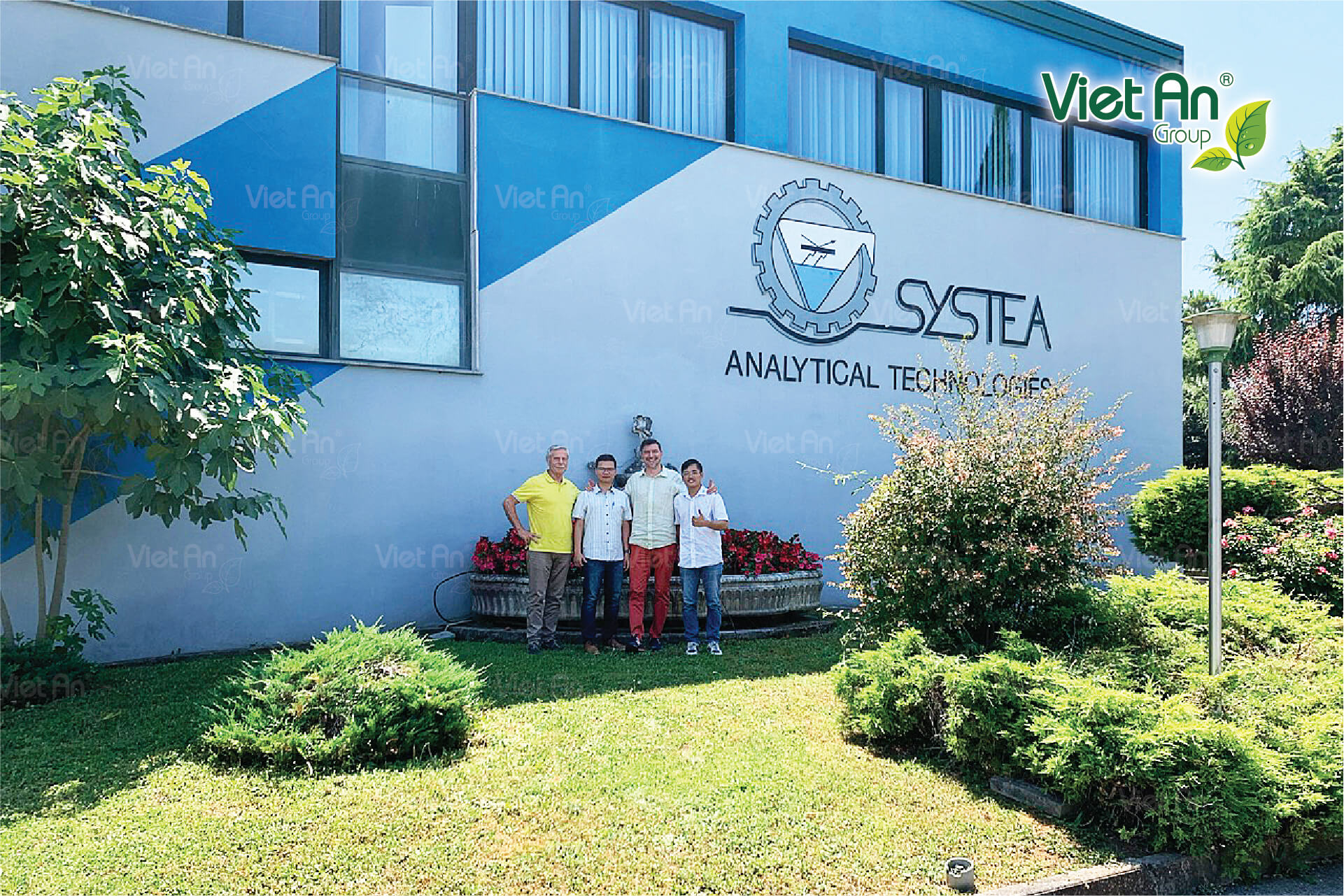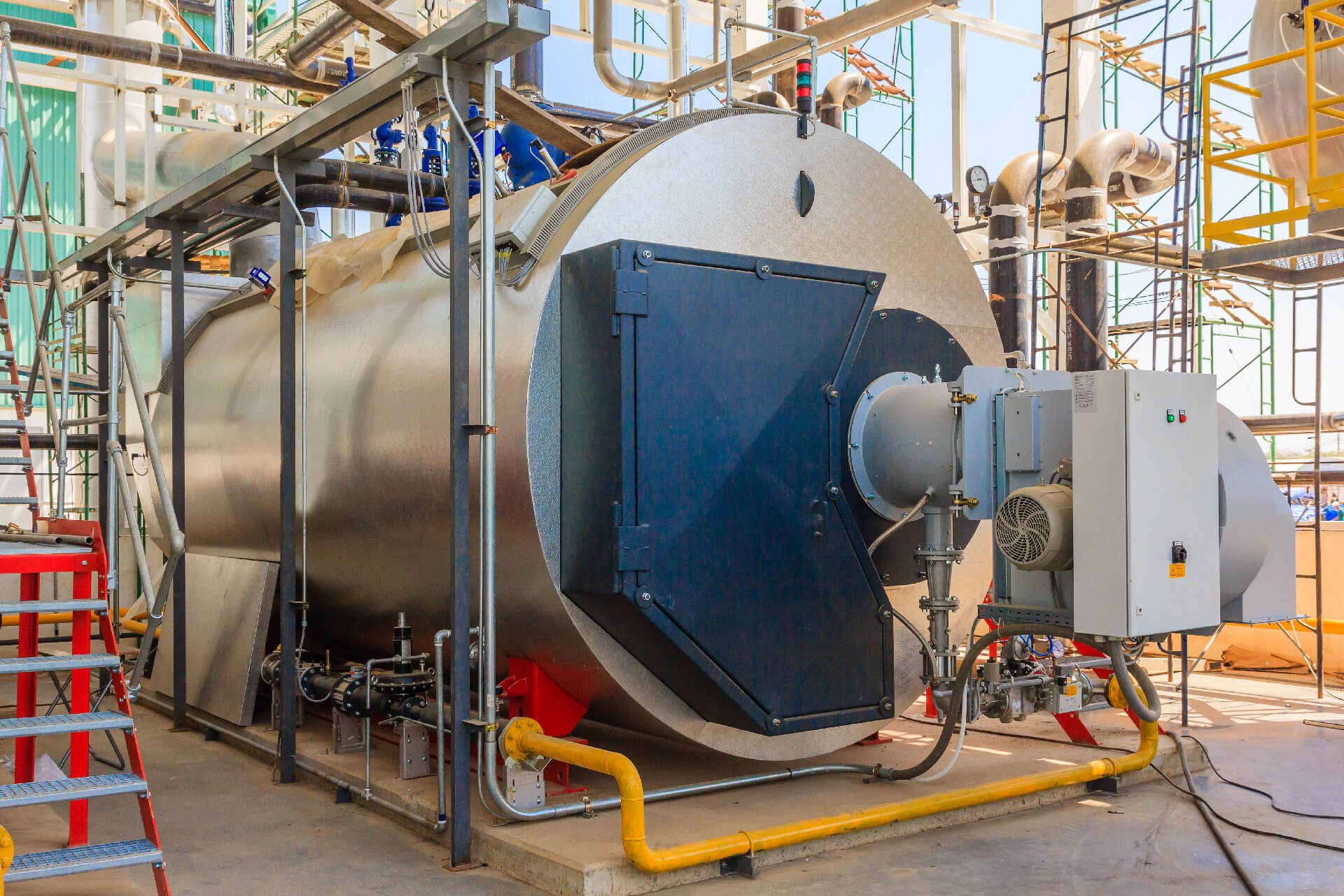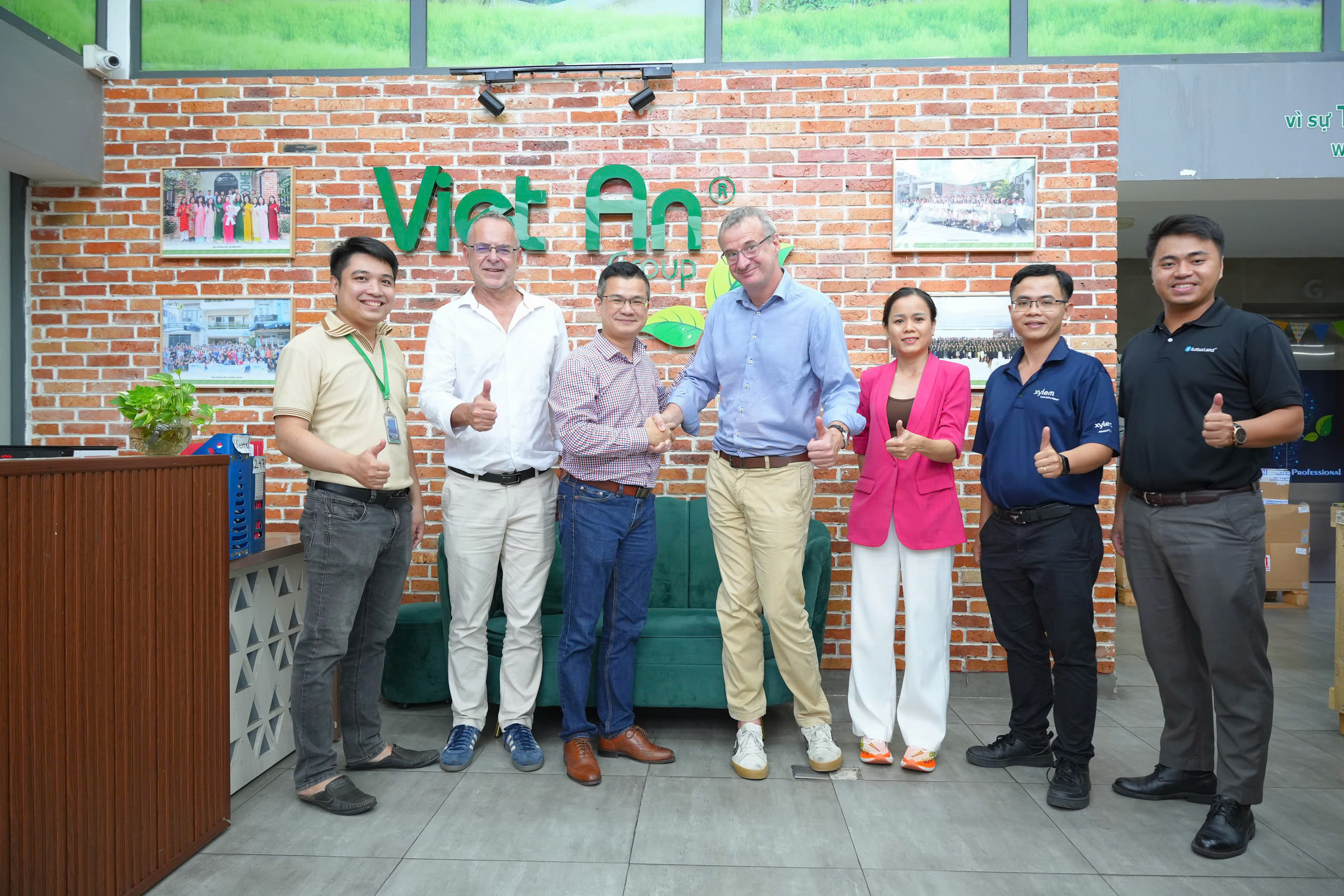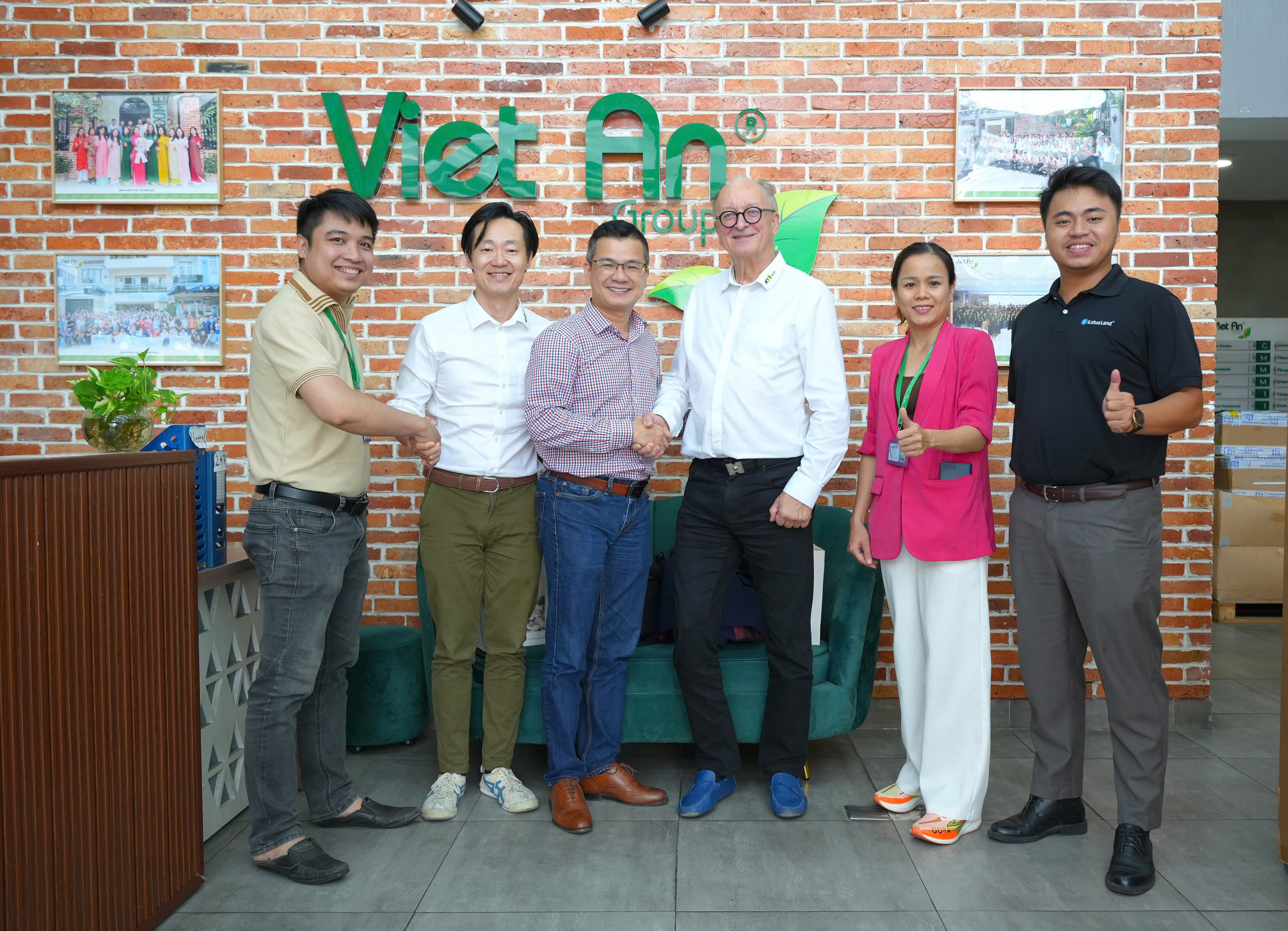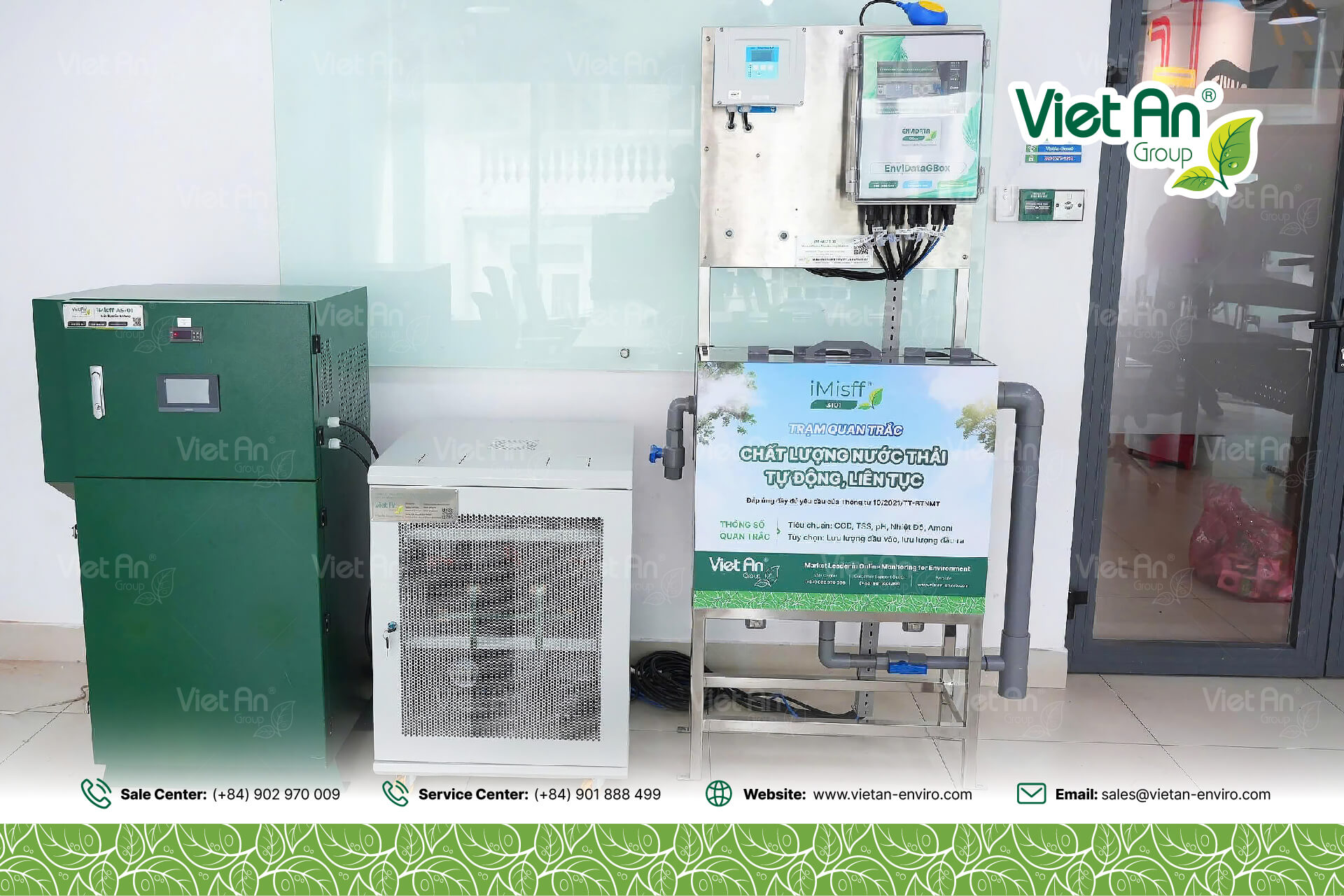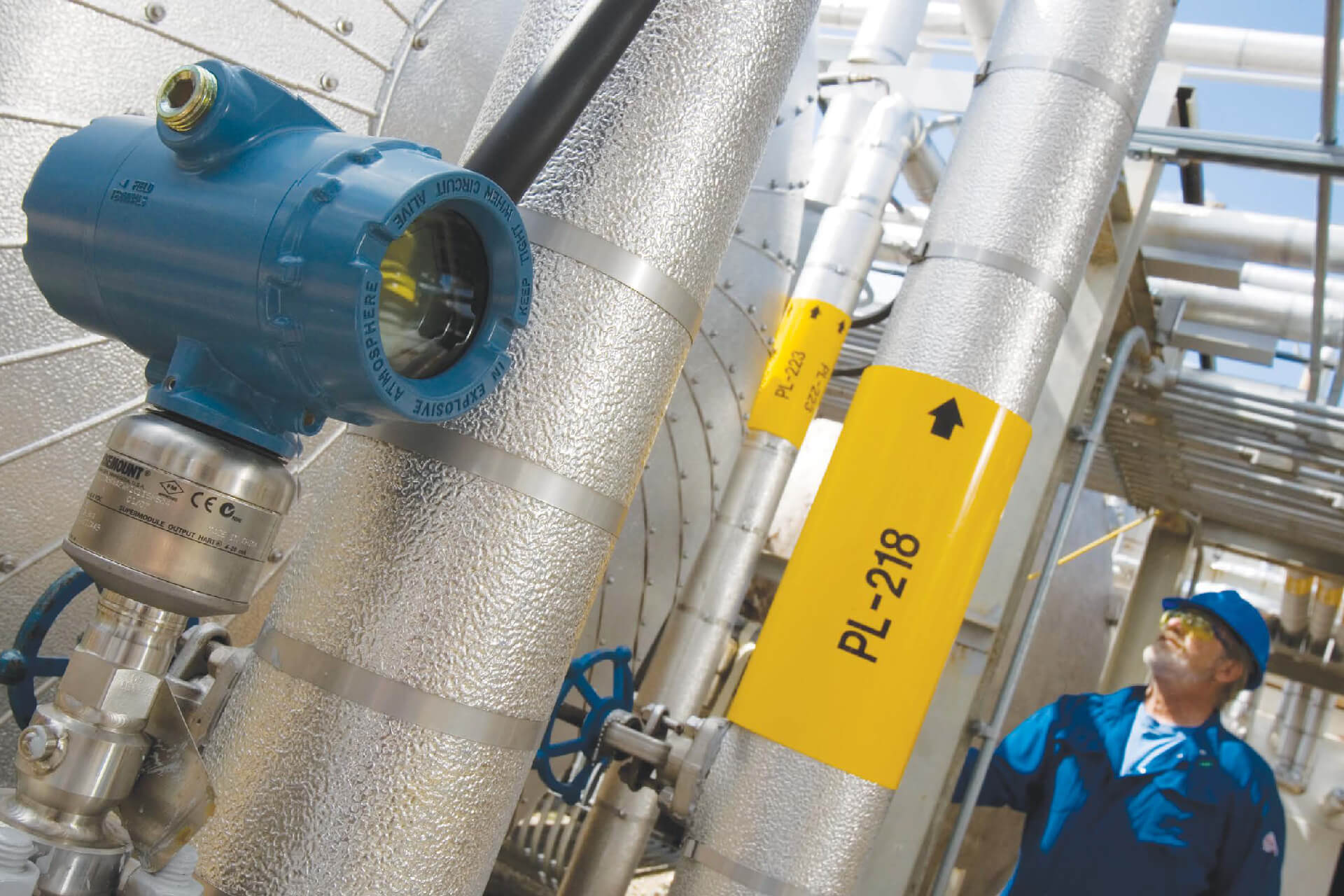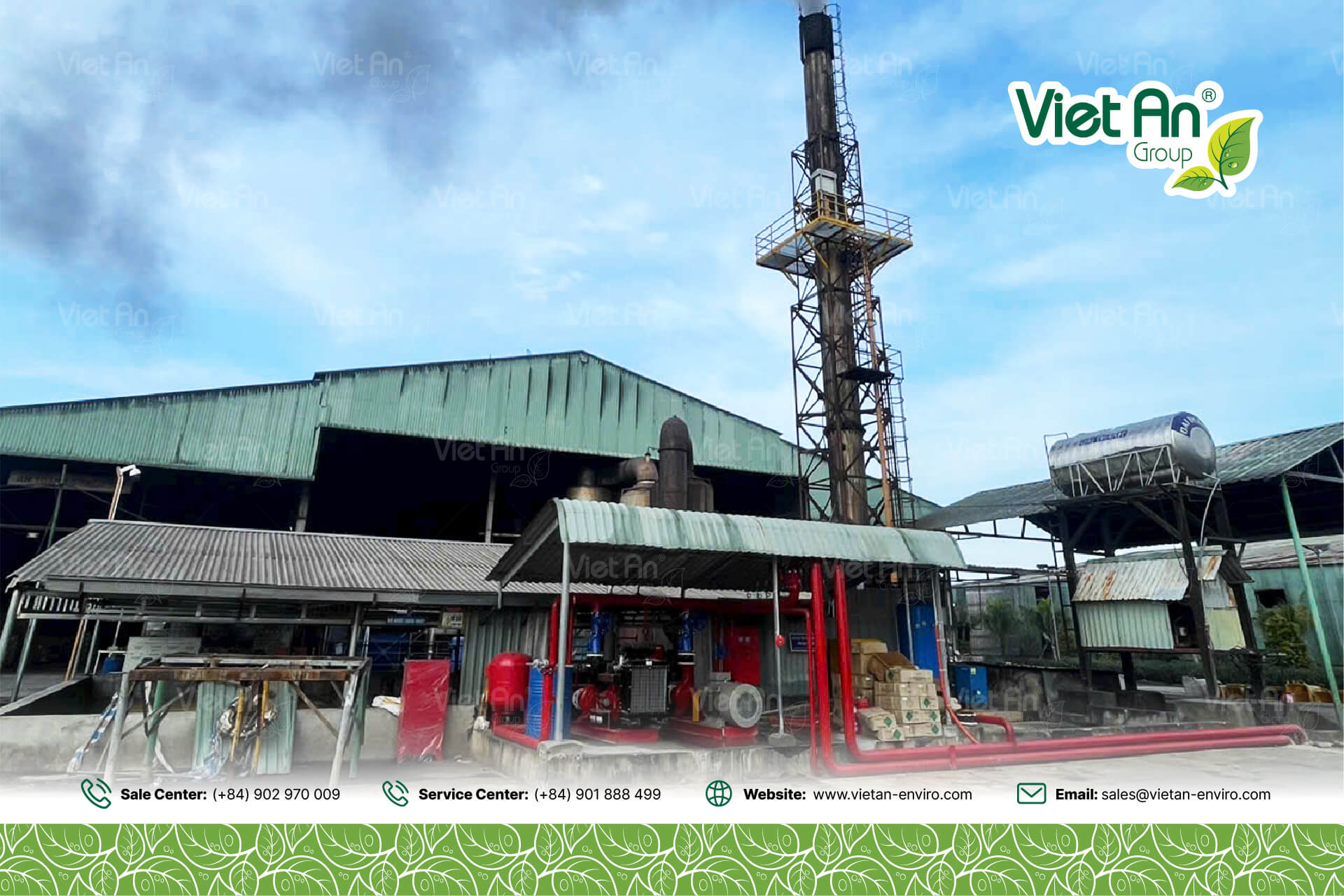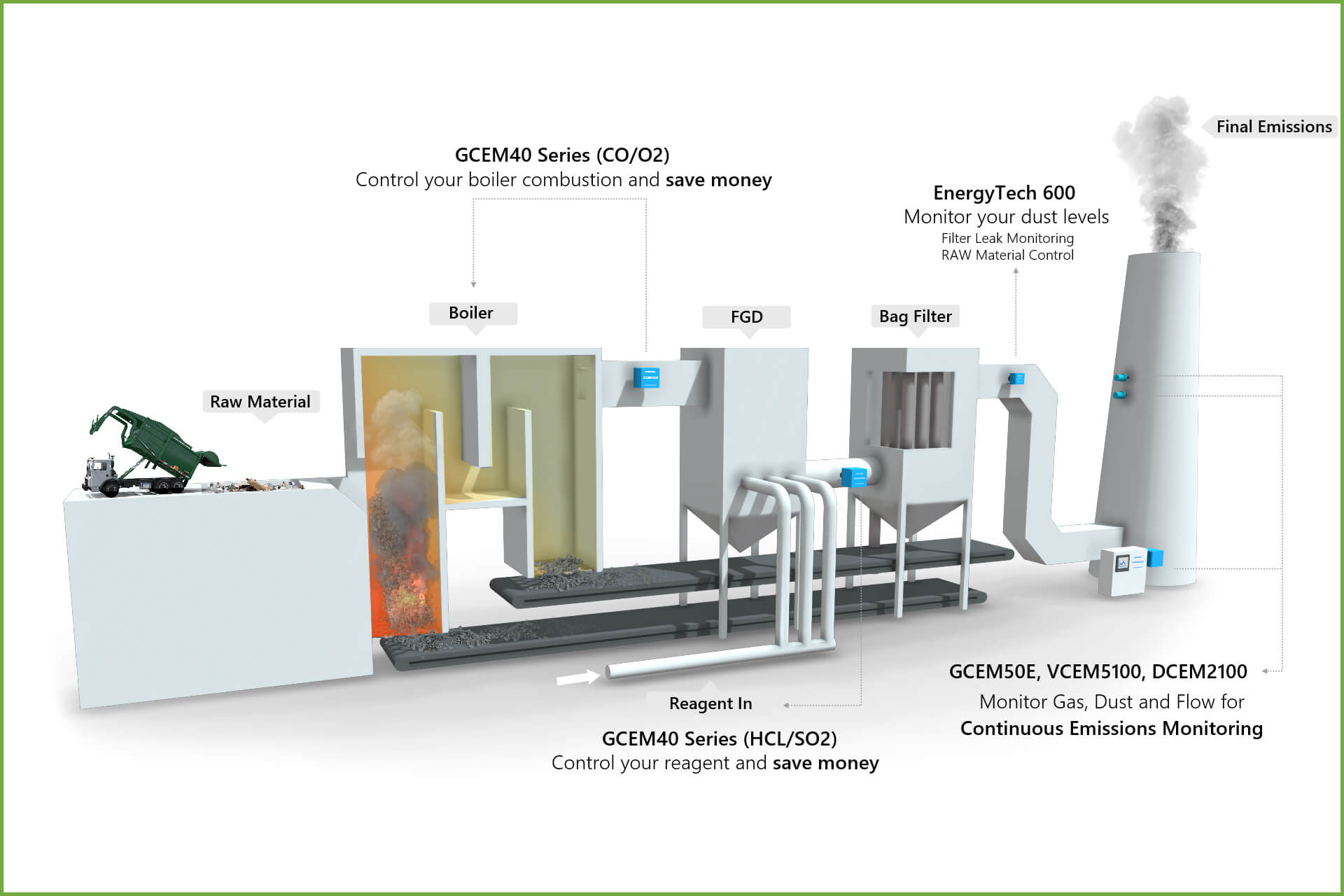In the context of increasingly severe climate change, Vietnam has been and is currently implementing strategies to reduce greenhouse gas (GHG) emissions and progress toward the goal of net-zero emissions by 2050. Based on Decree No. 06/2022/NĐ-CP and the National Climate Change Strategy, this article provides an overview of the legal regulations, GHG inventory plans, and the roadmap for achieving Vietnam's Net Zero target.
1. Decree No. 06/2022/NĐ-CP: The Legal Foundation for GHG Emission Reduction
Decree No. 06/2022/NĐ-CP, issued by the Government of Vietnam on January 7, 2022, is a pivotal legal document aimed at fulfilling international commitments on climate change. This decree clearly outlines requirements for mitigating greenhouse gas (GHG) emissions, protecting the ozone layer, and laying the groundwork for establishing a carbon market.
Entities Required to Conduct GHG Inventories
According to Article 6 of the Decree, facilities must conduct GHG inventories if they fall into one of the following categories:
-
Annual GHG emissions of 3,000 tons of CO₂ equivalent or more.
-
Annual energy consumption of 1,000 tons of oil equivalent or more.
-
Solid waste treatment facilities with a capacity of 65,000 tons per year or more.
The list of facilities subject to these requirements is updated every two years under Decision No. 01/2022/QĐ-TTg. In Da Nang, there are currently 31 facilities, with 22 in the industrial and trade sector, 8 in construction, and 1 in the natural resources and environment sector. Similarly, in Quang Nam, 23 enterprises in the fields of industry, transportation, construction, and environment are required to conduct inventories.
GHG Inventory and Reporting Methods
GHG inventories must adhere to the guidelines of the Intergovernmental Panel on Climate Change(IPCC)ensuring transparency, accuracy, consistency, comparability, and completeness.These reports must undergo verification as per the procedures set by the Ministry of Natural Resources and Environment..
Draft Amendments to Decree No. 06/2022/NĐ-CP
Currently, a draft amendment to Decree No. 06/2022/NĐ-CP is under consultation, proposing the inclusion of large-scale livestock facilities and enterprises subject to carbon quota allocation in the inventory list. The draft also introduces methods for calculating emission quotas and regulations on the trading and exchange of carbon credits, paving the way for the development of a carbon market in Vietnam.
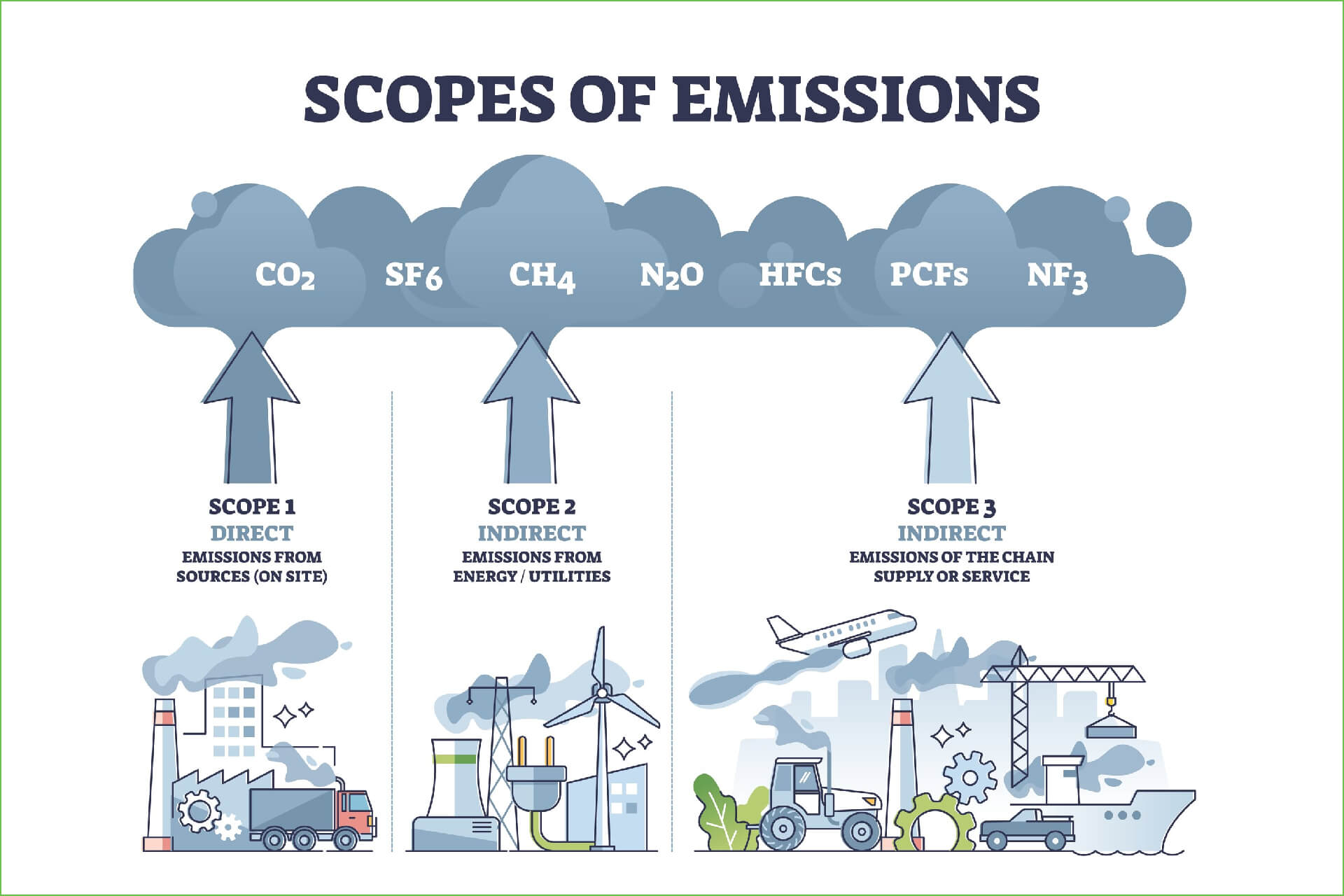
2. National Strategy Toward Net Zero
Vietnam approved the National Climate Change Strategy under Decision No. 896/QĐ-TTg on July 26, 2022, with the goal of achieving its Net Zero target by 2050. Below are the specific targets:
Targets by 2030
-
Reduce methane emissions by 9% compared to the businessEIA (Business-As-Usual) scenario using domestic resources.
-
Reduce methane emissions by 27% with international support.
-
Reduce methane emissions by 30% compared to 2020 levels.
-
Phase out substances that contribute to the greenhouse effect and ozone depletion.
Targets by 2050
-
Achieves net-zero emissions nationwide.
-
Energy: Reduce emissions by 91.6%, not exceeding 101 million tons of CO₂ equivalent.
-
Agriculture:: Reduce emissions by 63.1%, not exceeding 56 million tons of CO₂ equivalent.
-
Forestry and Land Use: Reduce emissions by 90%, increase carbon absorption by 30%, achieving at least -185 million tons of CO₂ equivalent.
-
Waste: Reduce emissions by 90.7%, not exceeding 8 million tons of CO₂ equivalent.
-
Industrial Processes: Reduce emissions by 84.8%, not exceeding 20 million tons of CO₂ equivalent.
Specific Solutions
-
Energy: Transition to renewable energy sources (solar, wind, hydropower, biomass), upgrade smart power transmission infrastructure, and promote energy efficiency.
-
Agriculture:: Adopt advanced technologies, manage agricultural waste, and develop organic farming.
-
Forestry: Protect and restore forests, promote agroforestry models.
-
Waste: Implement solid waste treatment technologies, recover methane gas, and encourage recycling.
-
Industry: Use clean technologies, substitute natural mineral additives in cement production, and reduce N₂O emissions.
International Cooperation
Vietnam has established the Just Energy Transition Partnership(JETP)with countries including the EU, the United States, Japan, Germany, France, Canada, Denmark, and Norway. These partners have committed to providing $15.5 billion over 3–5 years to support the energy transition, with $7.75 billion from international sources and $7.75 billion from the private sector.

3. Facility-Level Greenhouse Gas Inventory
Facility-level greenhouse gas (GHG) inventory is a critical step in identifying and managing GHG emissions from production and business activities. The principles of GHG inventory include:
-
Transparency: Public disclosure of data and methodologies.
-
Accuracy: Ensuring reliable data.
-
Consistency: Applying uniform methodologies across reporting periods.
-
Comparability: Data that can be compared across facilities.
-
Completeness: Covering all relevant emission sources.
Emission Scopes
-
Scope 1: Direct GHG emissions from sources owned or controlled by the facility, such as fuel combustion, refrigerant leaks, and wastewater treatment.
-
Scope 2: Indirect emissions from the use of purchased electricity, steam, heating, or cooling.
-
Scope 3: Other indirect emissions within the value chain.
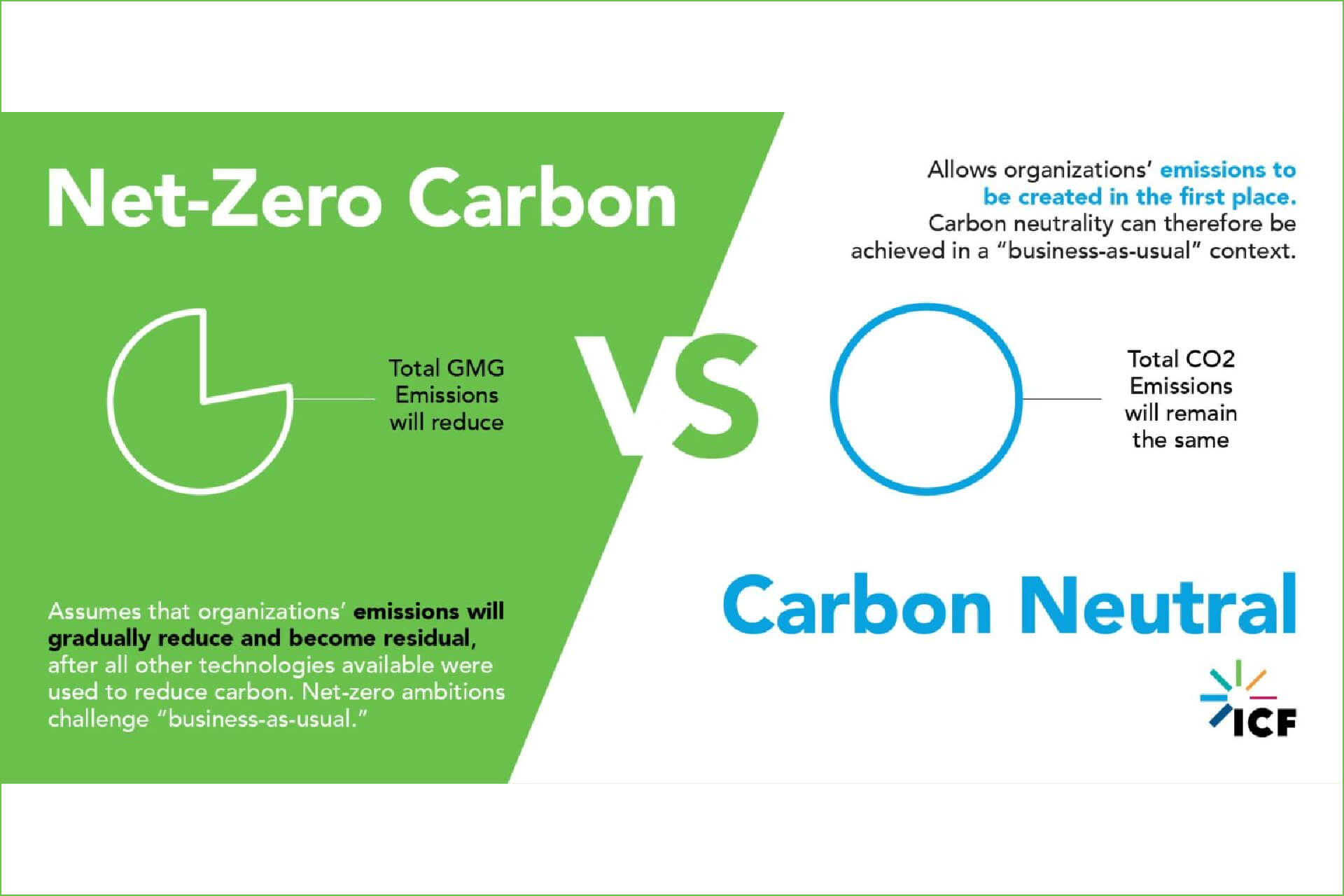
4. GHG Emission Reduction Plan by 2030
Facilities are required to develop GHG emission reduction plans by 2030, focusing on the following key areas:
-
Technology Adoption: Utilize energy-efficient and low-emission technologies.
-
Energy Transition: Shift to renewable energy sources.
-
Waste Management: Enhance waste recycling and efficient waste treatment processes.
-
International Cooperation: Participate in programs like the Just Energy Transition Partnership (JETP) to access financial and technical support.
5. Roadmap for Vietnam’s Carbon Market
-
2025–2028: Pilot a carbon credit trading platform starting from June 2025, targeting high-emission sectors such as thermal power, steel, and cement. During this phase, legal regulations will be finalized, and capacity-building efforts will be strengthened.
-
From 2029: Officially operate the carbon market, integrating with international markets, under the oversight of the Ministry of Natural Resources and Environment and managed by the Hanoi Stock Exchange.
Vietnam is making robust efforts to achieve its Net Zero target by 2050through specific strategies, including GHG inventories, energy transition, and carbon market development. Enterprises must comply with GHG inventory regulations, develop emission reduction plans, and leverage international support to contribute to this collective goal. Let’s work together for a green and sustainable future!

